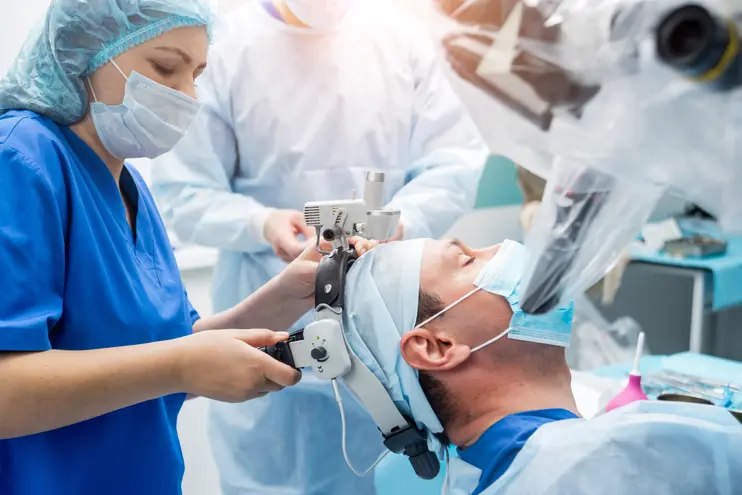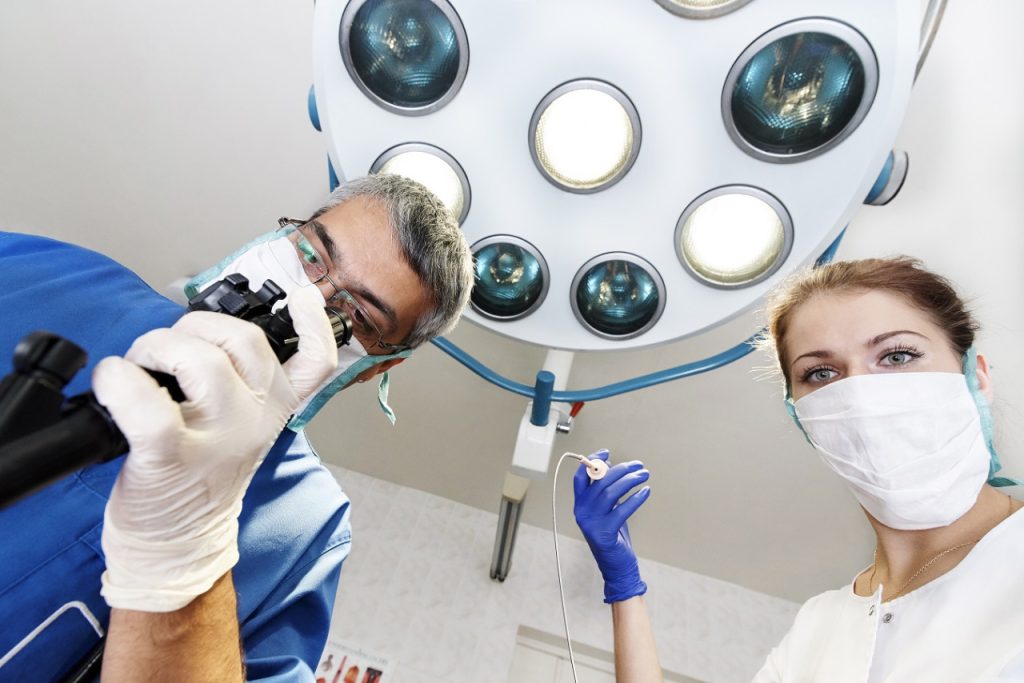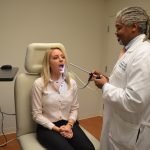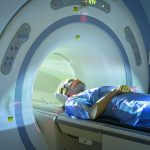
Neuroendoscopy is a way of taking samples of tissue from a brain tumour. Doctors take samples of tissue (biopsy) to look at it under a microscope. This helps your doctor decide the best treatment for you.
You may also have a neuroendoscopy to:
- remove fluid from the fluid filled spaces of the brain (ventricles)
- remove all or part of the brain tumour
You usually have a neuroendoscopy under general anaesthetic. This means that you will be asleep and won’t feel anything.
Having a neuroendoscopy sounds like a frightening procedure, but it is quite safe. Doctors who carry out these procedures are skilled specialists. You can share your concerns with your doctor and cancer nurse specialist. They will be able to tell you what will happen.
Why you have it
You might have a neuroendoscopy to take samples of tissue from the fluid filled spaces of the brain (ventricles). The ventricles are spaces inside the brain filled with a clear fluid called cerebrospinal fluid (CSF). The CSF supports and protects the brain and the spinal cord.
You may also have it to take a sample of tissue from the pineal region. The pineal region is an area in the middle of the brain, just behind the brain stem.

Preparing for your neuroendoscopy
You meet with your surgical team before having the neuroendoscopy. The surgeon talks to you about the risks and benefits. They ask you to sign a consent form. This is a good time to ask any questions you may have.
Before your neuroendoscopy
You might stay in hospital the night before your procedure.
Medicines
Take your medicines as normal unless your doctor tells you otherwise. If you take medicines to thin your blood, you might need to stop these before your neuroendoscopy. Your doctor will let you know when to stop.
Tests
You have some tests. These might include a blood test and a heart trace test (ECG). Your doctor or nurse will explain the tests you need. They are similar in all hospitals but not exactly the same.
Preventing blood clots
Your nurse might give you stockings to wear to lower the risk of blood clots. These are tight stockings that squeeze your feet and legs. They help the blood to circulate better when you aren’t moving around as usual.
Washing
Make sure you have a shower or a bath the night before your operation. Your team might give you a special antiseptic cleaning soap to use.
Eating and drinking
You have this test under a general anaesthetic so you can’t eat and drink for a few hours beforehand. Your appointment letter will tell you exactly when to stop eating and drinking.
What happens
You have the neuroendoscopy in the operating theatre. Before you go, you put on a hospital gown. Then your nurse takes you to the operating theatre. They put a small tube (cannula) into a vein in the back of your hand. Your anaesthetist gives you the anaesthetic medicine through the cannula.
Your surgeon carefully makes a small hole into the skull. This is called a burr hole. They put the endoscope through the hole and into the fluid filled chambers of the brain. An endoscope is a long tube attached to a monitor and an eyepiece. This allows your doctor to see inside the brain.
There are also tiny forceps and scissors at the end of the endoscope. The surgeon uses these to take samples of tissue.
After the biopsy, you go to the recovery room for a few hours.
After your neuroendoscopy
You might feel a bit drowsy from the anaesthetic when you wake up. You should be able to eat and drink once you are fully awake.
You go from the recovery room to the ward. Your nurse will keep a close eye on you for the first few hours. Your team asks you questions and gives you instructions to follow to check that you are fully awake. They might shine a light in your eyes to check your pupil reaction.
You have medicines to help with any pain you might have. It’s not usually too uncomfortable.
Going home
Your doctor will let you know when they think you can go home. Everyone takes a different amount of time to recover from a neuroendoscopy.
Medicines
Your doctor or pharmacist will tell you how to take your medicines. Your pharmacist can make you a reminder sheet if it would help. Take painkillers regularly if the doctor prescribes these. Speak to your GP or hospital doctor if you find that they aren’t working. They can do a lot to help, like changing the amount or the type of painkillers.
Driving
Your neurosurgeon will let you know when it’s safe to drive.
Possible risks
A neuroendoscopy is a safe procedure. Your doctors will make sure the benefits of having a neuroendoscopy outweigh these possible risks. You have a phone number to call if you have any problems afterwards.
The possible risks of having a neuroendoscopy are:
Bleeding
You may have some bleeding in your brain during or after the procedure. This is usually a small amount. Your team will check for any signs of bleeding in your brain.
Infection
You may have antibiotics if you have signs of infection such as a high temperature (fever).
Bruising and swelling
You might have bruising around the area where they put the cannula in and where they make the burr hole.
You may have drugs called steroids before and after the neuroendoscopy to help with swelling in your brain.
Getting your results
You should get your results within 1 or 2 weeks.
Waiting for results can make you anxious. Ask your doctor or nurse how long it will take to get them. Contact the doctor who arranged the test if you haven’t heard anything after a couple of weeks.
You might have contact details for a specialist nurse who you can contact for information if you need to. It may help to talk to a close friend or relative about how you feel. You may want them to go with you to get the results for support.



